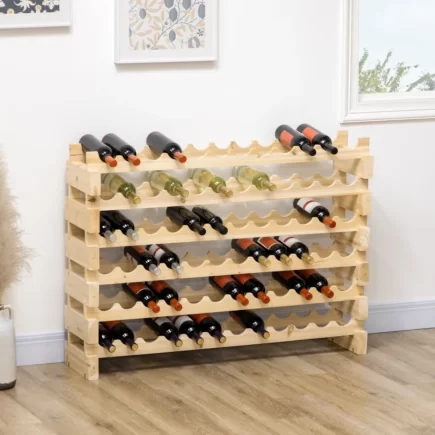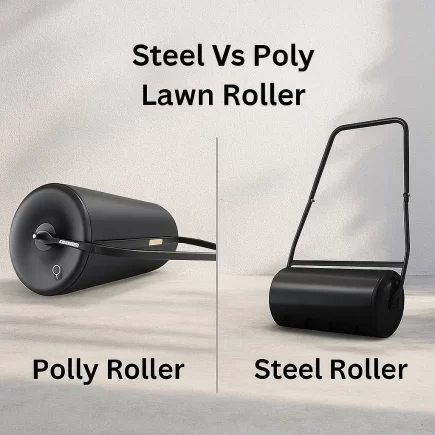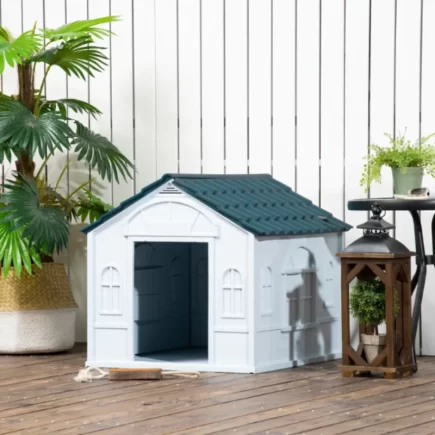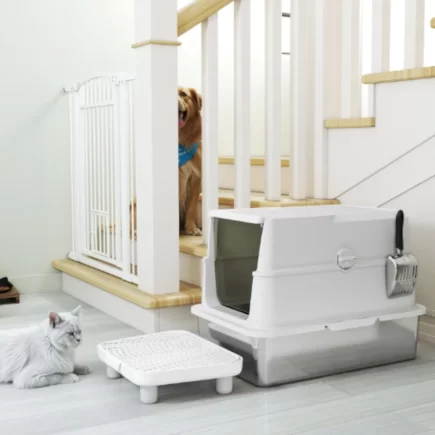A retractable awning is a fantastic addition to any patio or deck. It provides shelter from the sun, protects outdoor furniture, and enhances the overall look of your outdoor space. While hiring a professional might seem like the easiest option, installing a retractable awning yourself can save you a lot of money and give you the satisfaction of completing the project on your own. In this article, we’ll walk you through every step of the installation process, from choosing the right awning to final adjustments.

Tools Required for Installation
Before you start, make sure you have the right tools and materials. Here’s a complete list of what you’ll need:
Tools
- Electric drill (with masonry or wood bits)
- Stud finder (for locating structural support)
- Level (to ensure the awning is installed properly)
- Socket wrench (for tightening bolts)
- Measuring tape (for accurate measurements)
- Chalk line (for marking straight lines)
- Safety gear (gloves)
- Awning kit (includes fabric, arms, and hardware)
- Lag screws (for mounting the awning)
- Brackets (to secure the awning)
- Silicone caulking (to seal holes)
- Anchors (for masonry installations)

Planning Before Installation
Understanding the Installation Area
Before you start the installation, assess the location. Ensure that the wall or roof you’re mounting the awning to can support the weight of the awning and withstand weather conditions like wind and rain. Make sure there are no obstructions like vents, downspouts, or lights in the installation area.
Checking Local Permits and Regulations
Some areas require permits for awning installations, and homeowner associations may have specific rules about the size, color, and style of awnings. It’s important to check with your local authorities to avoid any issues down the road.
Safety Precautions
Working on a ladder or roof can be dangerous, so always wear protective gear like gloves, safety glasses, and sturdy footwear. If you’re working on a roof, make sure the ladder is secure and positioned on a flat surface. Having a partner to help lift the awning is essential for safety.
Step-by-Step Process of Installing an Awning
Awning Size and Measurement
Accurate measurements are crucial for a successful installation. Here’s how to measure your space:
- Measure the Width: Measure the area where you want to install the awning. Most awnings are designed to be slightly smaller than the space to ensure proper installation and functionality.
- Measure the Height: The awning should be mounted high enough to provide clearance for people and doors. Most retractable awnings require 7.5 to 8 feet of clearance above the ground or deck surface.
- Consider Pitch: If you’re installing a motorized awning, you’ll need to consider the pitch, which affects how far the awning extends. Be sure to follow the manufacturer’s instructions for the correct pitch measurement.
Marking the Mounting Location
- Locate the Studs: Use a stud finder to locate the studs or structural support in your wall. This will ensure the awning is securely mounted.
- Mark for Brackets: Measure the locations where the brackets will be mounted. For wall-mounted awnings, make sure these marks are even and align with the studs or structural support behind the wall.
- Find the Center: Use a measuring tape to find the center of the area where the awning will be installed. Mark this spot with a pencil.
- Use a Level: Once you have the center, use a level to ensure that the awning will be installed evenly. Mark the full length of the installation.

Installing Support Brackets
- Drill Holes: Drill pilot holes for the mounting bolts. If you’re installing on a masonry surface (like brick or concrete), use a masonry drill bit and anchors for extra stability.
- Attach Brackets: Install the brackets using lag screws or the hardware provided in your awning kit. Tighten them securely, ensuring they are level and positioned correctly.

Mounting the Awning
- Lift the Awning: With the help of a partner, lift the awning and hook it into the brackets. Retractable awnings can be heavy, so it’s crucial to have assistance during this step.
- Secure the Awning: Use the provided hardware to secure the awning to the brackets. Double-check that all screws and bolts are tight to ensure the awning is securely mounted.
Testing and Adjusting the Awning
Once the awning is mounted, it’s time to test it:
- Manual Operation: If you have a manual awning, extend and retract it using the hand crank to ensure it functions smoothly.
- Motorized Operation: For motorized awnings, test the remote control or switch to make sure the awning extends and retracts properly.
- Adjusting the Pitch: Some awnings allow you to adjust the pitch (the angle of the awning). Ensure the pitch is set to the manufacturer’s recommended angle for optimal performance.
Common Issues of Installing an Awning
- Awning Doesn’t Extend or Retract Properly: Check for obstructions in the awning’s tracks or ensure the motor is functioning (for motorized models).
- Uneven Mounting: Double-check that the brackets are aligned and level. Adjust if necessary.
- Awning Fabric Issues: If the fabric is sagging, adjust the tension system or consult the manufacturer’s guide for tension adjustments.
Installation DIY vs. Professional
While it might be tempting to hire a professional, installing a retractable awning can be a manageable DIY project for those with basic tools and some handyman skills. If you’re not comfortable working at height or handling heavy equipment, however, you might want to consider professional installation.
Installing an awning yourself can be a rewarding and cost-effective project if done with proper planning and attention to detail. By selecting the right Retractable Awning, accurately measuring your space, and following the installation steps carefully, you can enjoy the benefits of increased outdoor comfort and protection from the sun.
FAQs
1. How long does a retractable awning typically last?
A retractable awning can last anywhere from 5 to 15 years, depending on the quality of the materials, how well it’s maintained, and the climate conditions in your area. High-quality fabrics with UV protection and well-maintained mechanisms can significantly extend the lifespan.
2. Is it better to go with a manual or motorized retractable awning?
Manual awnings are more affordable and require physical effort to operate, making them a great option for smaller spaces. Motorized awnings offer convenience with the push of a button, especially for larger installations, though they are more expensive. Choose based on your budget and space needs.
3. What should I do if my retractable awning doesn’t retract properly?
If your awning doesn’t retract properly, check for any obstructions in the track or fabric. Also, ensure the motor is functioning if it’s a motorized model. If manual, the hand crank mechanism may need lubrication or adjustment for smooth operation.
4. Can retractable awnings be used in all weather conditions?
Retractable awnings are designed to handle various weather conditions, but they should be retracted during strong winds, heavy rain, or snow to avoid damage. Some models are more durable than others, but it’s always best to retract the awning when extreme weather is expected.





























